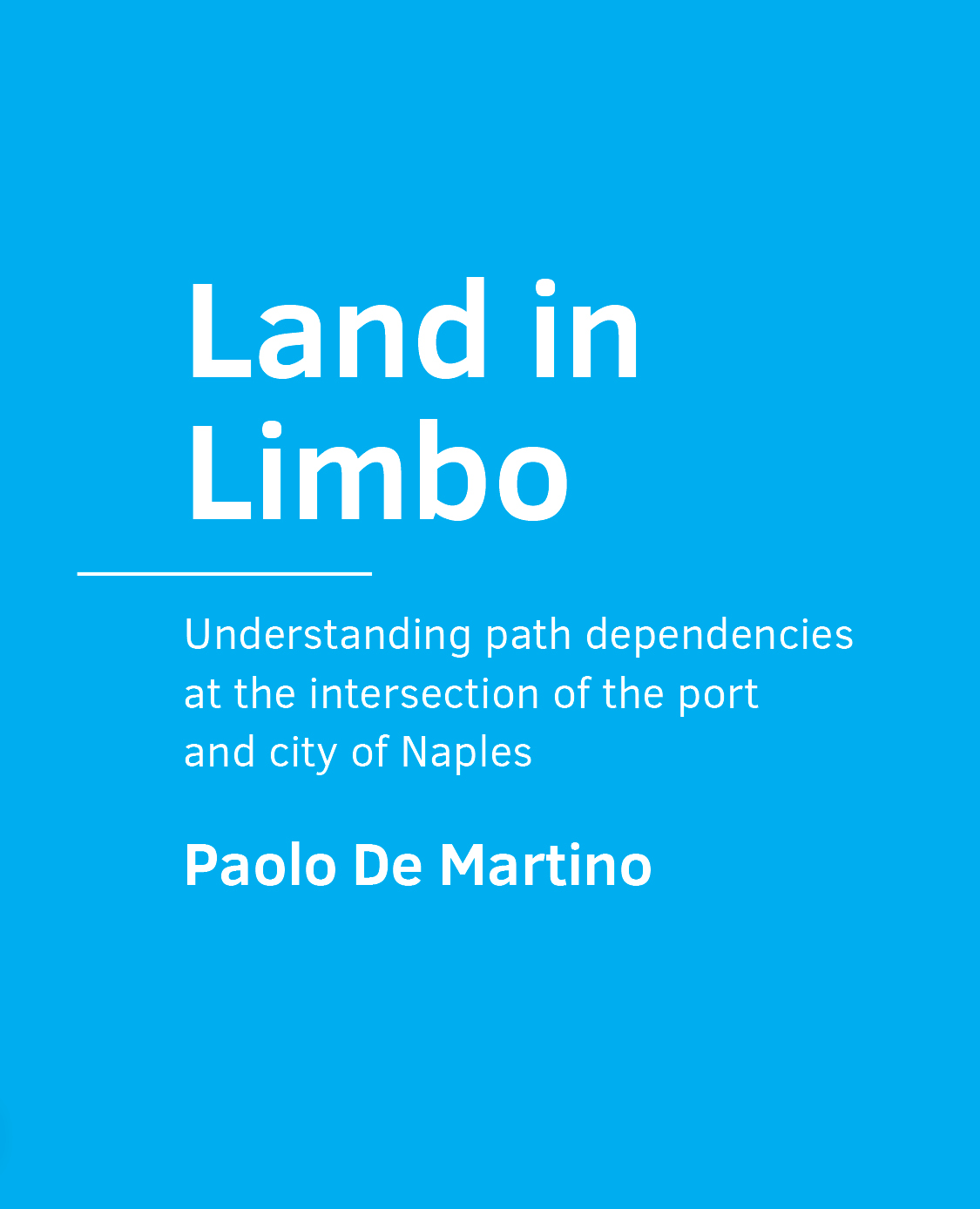Land in Limbo
€ 29,95
Understanding path dependencies at the intersection of the port and city of Naples
Serie: A+BE Architecture and the Built Environment
De Martino, Paolo | Paperback / softback | 22-04-2021 | 9789463664134 |
Levertijd 5 dagen
Numerous actors have been involved in the planning of the port and city of Naples. National and local authorities?namely cent…





